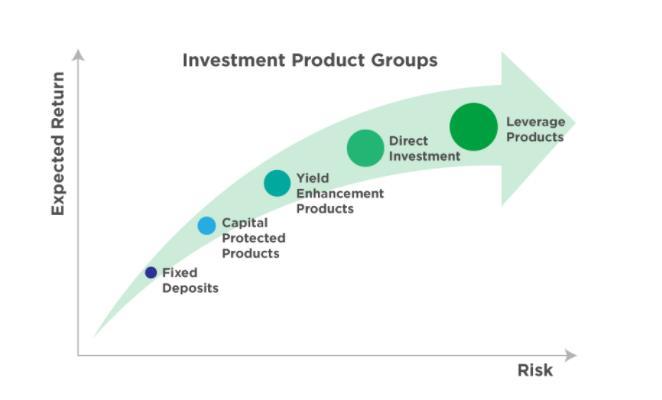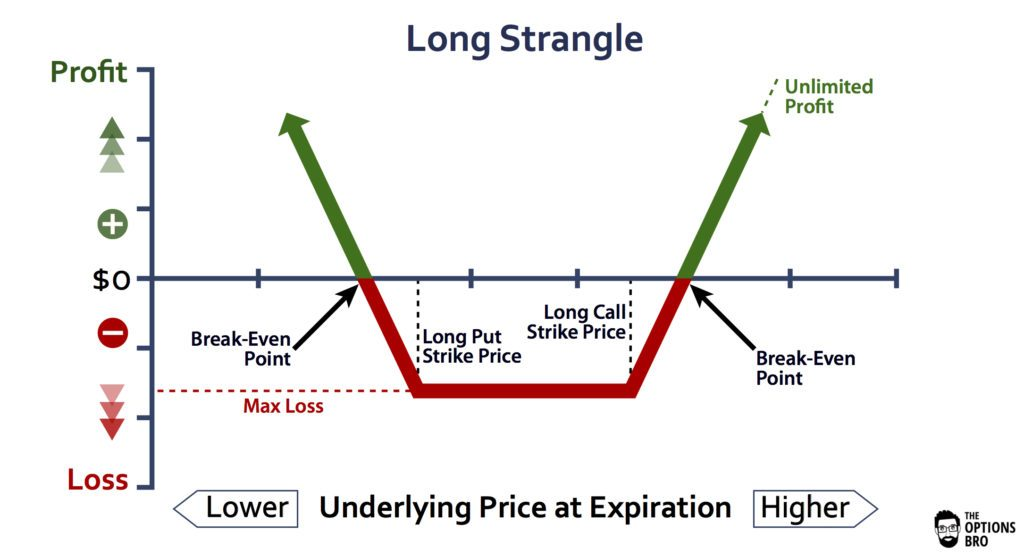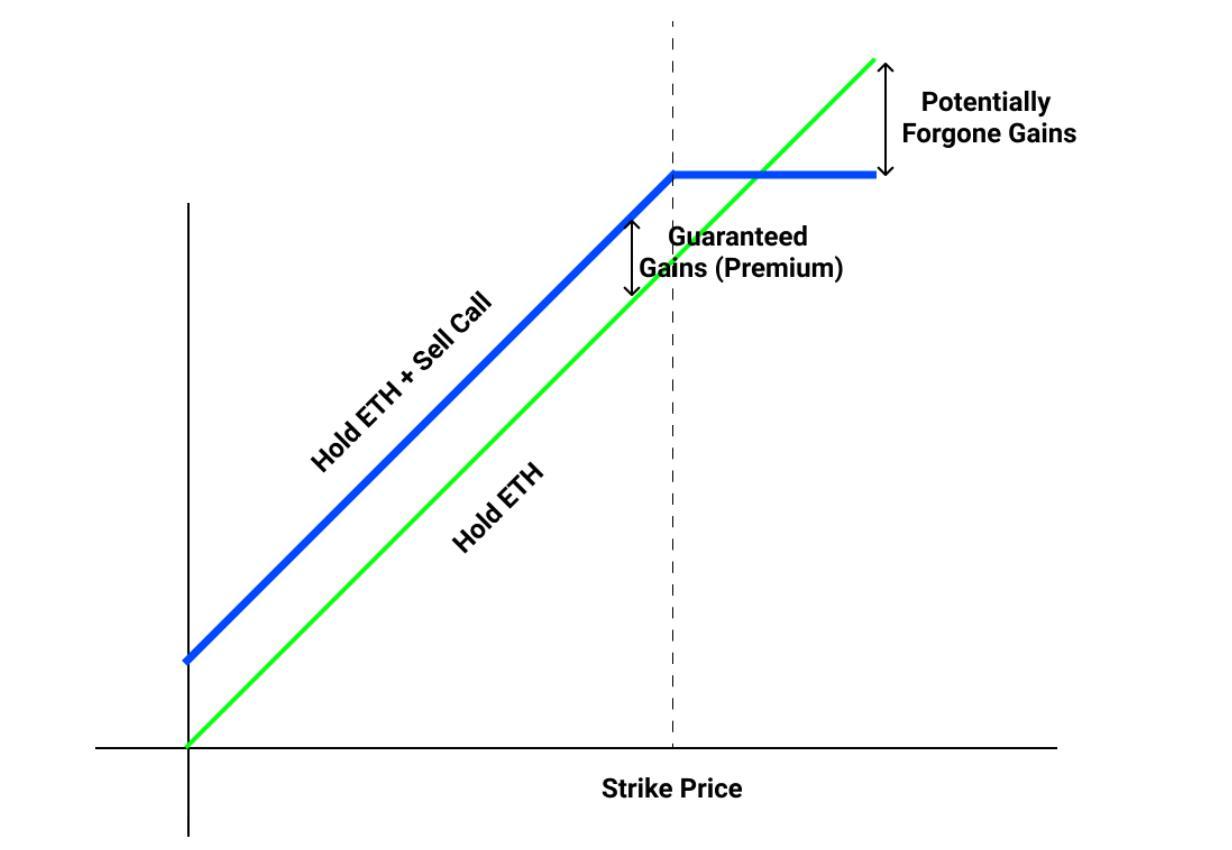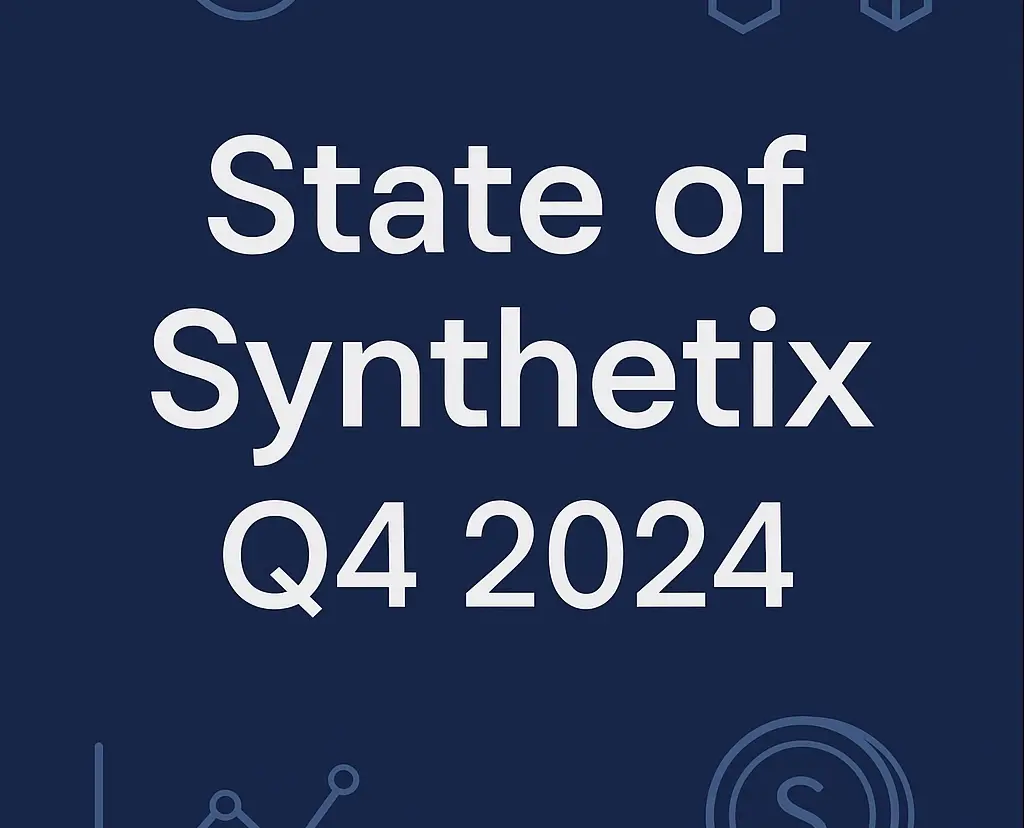Understand On-Chain Structured Products: Ribbon Finance in One Article
This article was published on Babit, authored by Glendon.
Futures, forwards, options, swaps. This is not the beginning of a new rap song, but rather a few common examples of derivatives in the financial markets. The complex world of derivatives is often the exclusive domain of financial elites, but when used correctly, it can provide investors with risk/return profiles far exceeding those of simply buying and holding assets. What if there were a way for investors to enter the magical world of derivatives without needing to understand the bullish credit spread in a zero-coupon swap?
What are structured products? Structured products are pre-packaged hybrid investments that use a combination of securities (usually bonds and options) to generate attractive investment returns, which differ from those obtained through other means (such as simply buying and holding assets). Before delving into Ribbon Finance, this article will provide background and context on this asset class.
Structured products first appeared in the early 1990s as a way for retail investors to access derivatives, and they have since become a global industry worth over $70 trillion. As an investment category, they have a controversial reputation in traditional financial markets. Critics point to the bankruptcy of Lehman Brothers during the global financial crisis and the fines imposed on several banks over the past 20 years for the improper sale of these products. However, DeFi presents an opportunity to address some of the existing shortcomings in the structured products market and demonstrate how, when used correctly, structured products can become a core component of retail and institutional capital allocation portfolios.
Introduction to Structured Products
Structured products can be broadly categorized into two types: structured deposits (savings) and structured investments (risk capital). Structured products allow investors to express market views (direction and volatility) while adjusting that view according to their specific risk preferences.

Structured deposits or capital protection products provide a guarantee of a minimum value at maturity, with the potential for additional upside returns. One way to construct this risk/return profile is by combining a zero-coupon bond with a long call option on an asset.
Assuming a zero-coupon bond matures in one year with a face value of $10,000. The current trading price is at a 5% discount to face value, or $9,500. An investor can invest $10,000 and be guaranteed to receive the same amount of funds one year from today. However, in this case, they only need to pay $9,500, allowing the additional $500 to be used to purchase a call option on an asset with a predetermined strike price and expiration, providing the investor with additional "risk-free" upside exposure.
As the range of risks expands, we can tailor structured products to put capital at risk, as "yield enhancement" and "leveraged product" investments offer investors the potential for increased returns/losses. This will be illustrated in the cryptocurrency examples later in this article.
Cryptocurrency Structured Products
Structured products are a core component of a mature DeFi market. While 100,000x annual percentage yields (APY) and food tokens as an asset class are part of the fun and evolution of cryptocurrencies (remember, new technologies often manifest first as toys), cryptocurrencies must offer a variety of tailored investment options to attract new "conservative" capital. This is not to say that these products are solely aimed at attracting institutional capital, but as we will see in the examples below, crypto-native tokens are equally a target market for this emerging crypto investment category.
Structured products rely on the DeFi-native fixed income and derivatives markets, and thus these products only began to gain traction in the market after 12 months. The groundbreaking paper "The Yield Protocol: On-Chain Lending With Interest Rate Discovery" by Dan Robinson of Paradigm introduced the first DeFi-native zero-coupon bond and hinted at how the evolving market would eventually form a DeFi-native yield curve. On the other hand, Yield Protocol's yield dollar token yUSD and nominal finance fCash are building the future of zero-coupon bonds on-chain.
The derivatives portion of structured products typically utilizes options. Over the past 12 months, DeFi has witnessed explosive growth in on-chain options protocols. Like the vibrant fixed income market, options protocols are a core component that enables an increasing number of unique crypto structured products. Below, we will explore how Ribbon Finance uses Hegic and Opyn as building blocks for its structured products.
Entering Ribbon Finance
Ribbon Finance is the first project in the DeFi space dedicated to providing structured products for the DeFi market. "Focused on building new financial products that can be created through cross-protocol combinations to help users achieve higher risk-adjusted returns than they could on their own."
To achieve these goals, Ribbon Finance has begun offering the four types of structured products mentioned above.
Series V: Volatility
The first product offered by Ribbon is a volatility strategy known as "Strangle." A Strangle is an options strategy that involves simultaneously buying out-of-the-money (OTM) call and put options with different strike prices but the same expiration date. As shown in the diagram below, a Strangle is a bet on the volatility of the underlying asset.


For example, suppose Alice believes that ETH will be volatile over the next month, but she is unsure of the direction. Assuming ETH is trading at $3,500, Alice can use Ribbon's volatility product to establish a position in the market. If ETH is above or below a certain strike price on the expiration date of the Strangle, her investment can be profitable. According to the profit diagram above, the price at the end of the month needs to be greater than $4,000 or less than $3,000 for Alice's position to break even. If ETH's price is below $3,000 or above $4,000, Alice can profit from her investment. If ETH's price is between $3,000 and $4,000, Alice will lose her premium. Note that in this example, the maximum loss is the premium paid.
Experienced options traders and DeFi users can execute this strategy themselves, but Ribbon packages this strategy for investors by finding the cheapest on-chain prices based on trade size using Hegic and Opyn.
Given the high gas fees on the Ethereum network when deploying this strategy (in Q1 2021), the team decided to stop offering this volatility product and shift its focus to yield-enhancing products, which they call "Theta vaults."
Series Y: Theta Vaults
Theta vaults are a set of structured products focused on asset yield enhancement strategies. Currently, Ribbon Finance allows users to deposit ETH and WBTC into the Vault to generate an annual yield of up to 30% (depending on option pricing). To generate this APY, Ribbon Finance employs a covered call strategy, selling out-of-the-money (OTM) options on the underlying asset to collect premiums weekly.

The covered call strategy is suitable for investors who hold the asset long-term. In options trading, this is typically viewed as a neutral or slightly bullish strategy, as selling OTM options limits upside potential. From the profit diagram below, the upper limit of upside potential is the strike price of the sold call option (Short Call) minus the purchase price of the underlying asset and the premium received. Unlike the "Strangle" strategy, the maximum loss is not capped and is equivalent to the purchase price of the underlying asset minus the premium received.
As seen in the above diagram, there is a balance between choosing the correct strike price close enough to the market price to ensure maximum premium capture and the risk of the option expiring in-the-money (ITM). Ribbon Finance currently manages the strike selection and expiration. Another reason for implementing this mechanism is that it has proven to be very difficult for individuals to execute this strategy on-chain. Ribbon Finance collaborates with Opyn to mint oTokens and then works with market makers (off-chain) to exchange oTokens for WETH. This means that the Ribbon vault can collect premiums in the form of WETH, while market makers collect premiums in the form of oTokens.

As the project matures and evolves, this "manager" role will be decentralized to the community to provide new ways to manage the protocol.
Asset Management Product Puts Theta Vault
For those looking to automate dollar-cost averaging and/or earn yield on their USDC, this is an accumulation strategy. The vault runs an automated strategy that sells ETH put options, earning yield on USDC deposits. At the time of writing, the expected annual yield is 46%.
The vault sells OTM put options weekly on Opyn, collecting premiums and reinvesting weekly for compounded returns. If the options expire, the vault is obligated to purchase the underlying asset at the predetermined strike price, effectively "buying the dip." The first Puts Vault product will sell put options on ETH, allowing users to automatically collect premiums and accumulate USDC yield through Ribbon, or buy ETH when prices drop. From the profit diagram below, the maximum profit is predefined as the premium received. For those bullish on an asset and looking to buy the dip, selling options is a good strategy to leverage Theta and volatility decay.


Conclusion
Cryptocurrency structured products bring an exciting evolution to DeFi. Cryptocurrency investors and users are gaining access to a range of new products, the benefits of which include: increased potential for yield (yield enhancement + accumulation); enhanced ability to express various market views to suit your risk/return requirements and preferences; greater transparency and inclusivity compared to traditional financial markets; and democratizing the complex derivatives market.
As the fixed income and derivatives markets for cryptocurrencies continue to mature, there is no doubt that the developments of Ribbon Finance and other DeFi protocols in the structured products space will persist into the future.










